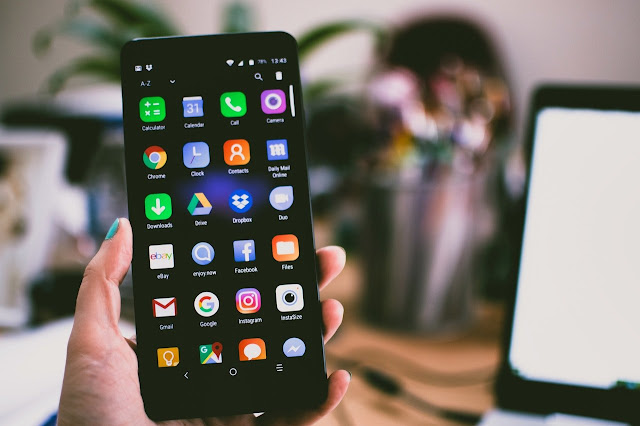Concept of Proximity Marketing
Proximity marketing can be defined as the term concerned with targeting the prospective consumer by identifying their nearby location or device and with the use of customized notifications in order to invite them to make a purchase in the near future.
Nowadays Proximity Marketing is being used by a number of brands and companies to increase their customer experience. Scope of proximity marketing is not just being limited to sending notifications about the coupons and vouchers but these days it is also being utilized for better understanding of the need, want and buying behavior of customers.
Users of Proximity Marketing
Proximity marketing involves users from many sectors. Some of them are mentioned below:
1) Retail: Proximity marketing is helping the retail sector to send coupons, offers in order to urge them to apply for their establishment’s credit card or register for their loyalty and rewards programs.
2) Hotels: They use proximity marketing to notify customers or guests regarding various promotions or events and with the use of beacons make them aware of the fact that they can earn rewards from their loyalty and rewards programs.
3) Restaurants: Customers are notified about extraordinary menus like combo offers and deals as soon as they enter or are nearby area and during their wafting time, i.e., the time span between placing their order and receiving their order customers are sent quiz or games to spend their waiting time.
4) Shopping Malls: A proximity marketing benefit for shopping malls is that they can offer their retailers with attractive discounts or offers.
5) Traveling Hubs: The places like airline terminals, bus terminals, railway stations can send notifications concerning the nearby tourist locations to the passengers through proximity marketing.
Essentials for Proximity Marketing
Following things are a must have for the proximity marketing:
1) Mobile device with Bluetooth: The primary need for proximity marketing is that a customer must have a mobile device with Bluetooth for applying the proximity marketing tactics at a particular location. Bluetooth is essential as beacon searches for a Bluetooth enabled mobile device which is close to its range.
2) Request for Permission: As soon as the Bluetooth enabled mobile device is detected, the beacon sends a notification for request in order to converse with the mobile device of the customer.
3) Uploading of Content: After the customer grants the consent, the customer is notified by sending a relevant message. When customer taps on that message the application opens on the customer’s smartphone depicting information about the products, offers, deals, etc.
For More Details Visit:- www.fabliantechnologies.com


Comments
Post a Comment